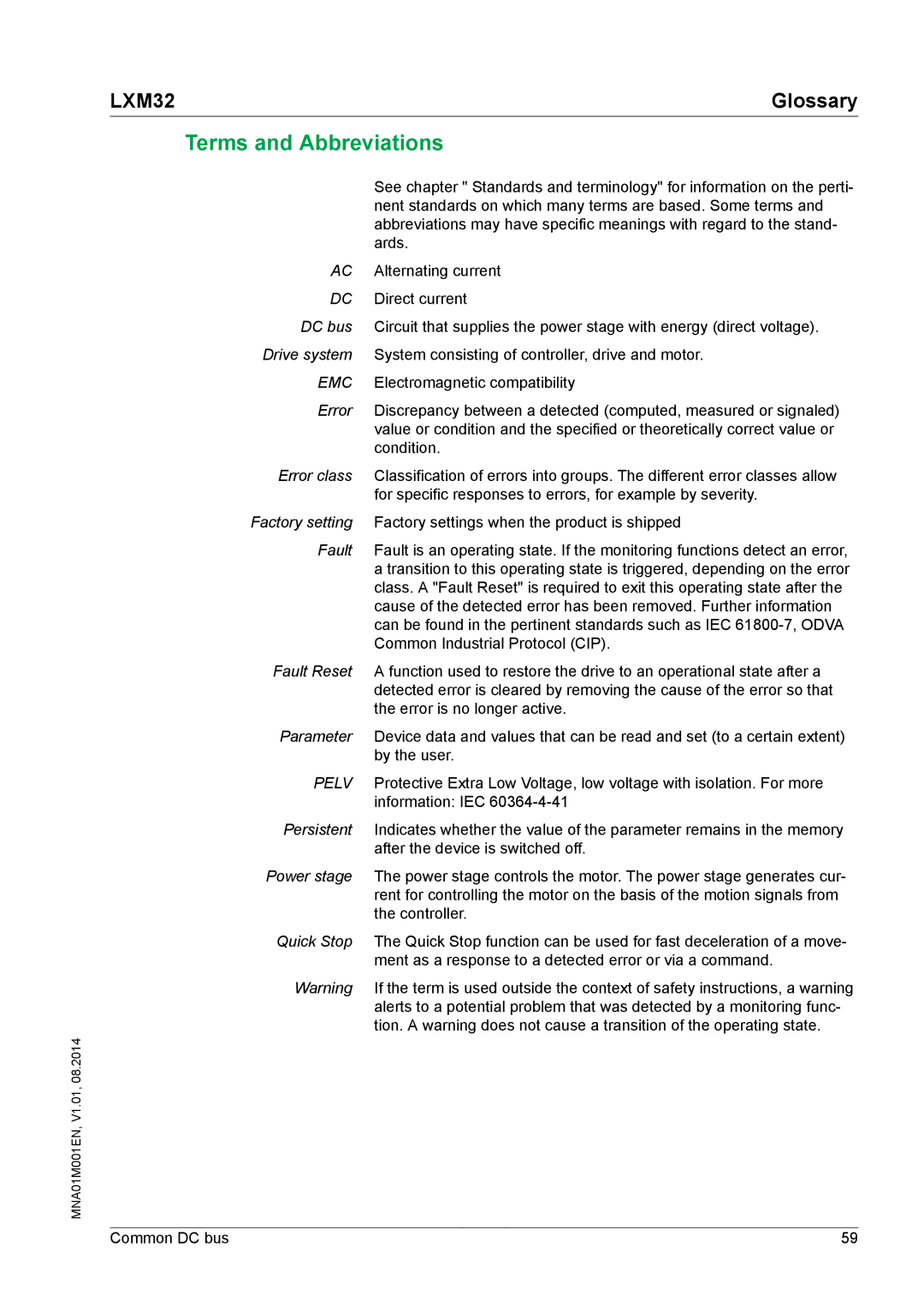MNA01M001EN specifications
The Schneider Electric MNA01M001EN is a highly advanced solution designed to optimize energy management and enhance operational efficiency in various applications. As a crucial component in Schneider Electric's portfolio of energy management systems, the MNA01M001EN stands out due to its innovative features and robust technologies.One of the main features of the MNA01M001EN is its seamless integration capabilities. The device supports interfaces such as Modbus, which allows it to connect to a variety of energy monitoring devices and systems. This interoperability ensures that users can easily connect their existing infrastructure without needing significant alterations, streamlining the energy monitoring process.
Another notable characteristic of the MNA01M001EN is its real-time monitoring capabilities. The device provides instant access to critical data, which enables users to make informed decisions regarding energy consumption. By continuously tracking energy usage, the MNA01M001EN facilitates timely interventions that can lead to substantial energy savings and improved operational performance.
In terms of technology, the MNA01M001EN employs advanced analytics to interpret energy data effectively. This feature empowers businesses to identify patterns in energy consumption, recognize inefficiencies, and make strategic adjustments. The use of predictive analytics also enables proactive maintenance strategies, minimizing potential downtime and optimizing resource allocation.
The MNA01M001EN is designed with user-friendliness in mind. Its intuitive interface simplifies navigation, making it accessible to a wide range of users, from energy managers to facility operators. Moreover, the device is equipped with customizable dashboards that allow users to visualize important metrics in ways that suit their specific needs and preferences.
In addition, the MNA01M001EN is built with sustainability as a core principle. By promoting energy efficiency, the device not only helps organizations reduce their carbon footprint but also leads to significant cost savings in energy bills. As organizations continue to prioritize sustainability, products like the MNA01M001EN play an essential role in driving those efforts forward.
Furthermore, its compact design allows for easy installation in various environments, making it a versatile choice for different types of facilities, whether industrial, commercial, or residential. The robust build quality ensures durability, allowing the device to withstand demanding conditions.
In summary, the Schneider Electric MNA01M001EN is an essential tool in modern energy management. With its integration capabilities, real-time monitoring, advanced analytics, user-friendly design, and commitment to sustainability, it represents a powerful solution for organizations looking to optimize their energy usage and enhance their operational efficiency.
